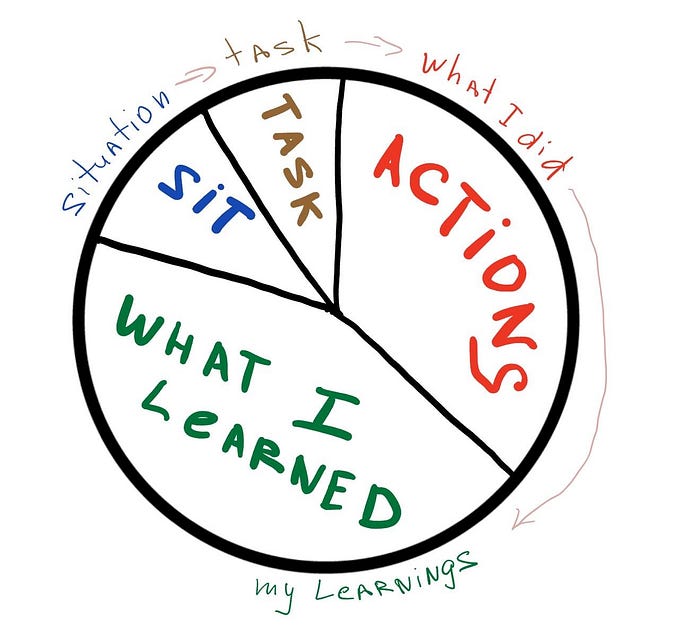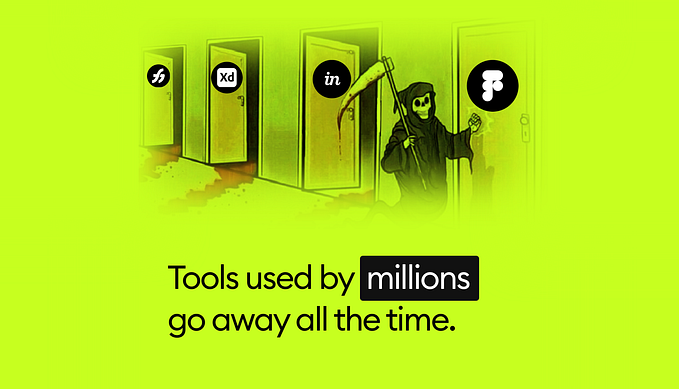This is service design doing (3) — Journey Map
A journey map visualizes the experience of a person over time. For example, an end-to-end customer journey map can visualize the overall experience a customer has with as service, a physical or digital product, or a brand.

Journey maps are the most flexible tool we use with clients. We use them in three ways:
1) To visually and transparently gather user stories when interviewing.
2) To understand how existing services work and uncover pain points and opportunities for improvement.
3) To envision future services.
by Hazel White
Journey maps help us to find gaps in customer experience and explore potential solutions. Journey maps can have scales and scopes, and you will usually need serval to represent different aspects of one experience or service: from a high-level map showing an end-to-end experience to more detailed maps focusing on one step of a higher level journey, to very detailed step-by-step descriptions of micro-interactions.
Here are some elements that a journey map might have:
- Main Actor (User): A journey map always focuses on the experience of one main actor, such as a group of customers or employees represented by a persona.
- Timeline: Define the scope of the time.
- Activities: What types of tasks/activities in this stage
- Stages: Stages represent the main phases of the main actor’s experience from knowing, purchasing, using and to existing the product.
- Steps: A journey map visualizes experiences as a sequence of steps from the perspective of the main actor.
- Storyboards: Storyboards visually represent each step through illustrations, photos, screenshots, or sketches to tell the story of specific situations.
- Emotions: An emotional journey visually reveals obvious problems within a specific experience. Those are representing the main actor’s level of satisfaction at each step.
- Channels: how the user interacts with your service such as app, website, stories… etc.
- Pain points: Problems need to be solved
- Job to be done: A particular service or product needs to help customers achieve some certain goals.
Some examples of journey maps:


Reference:









